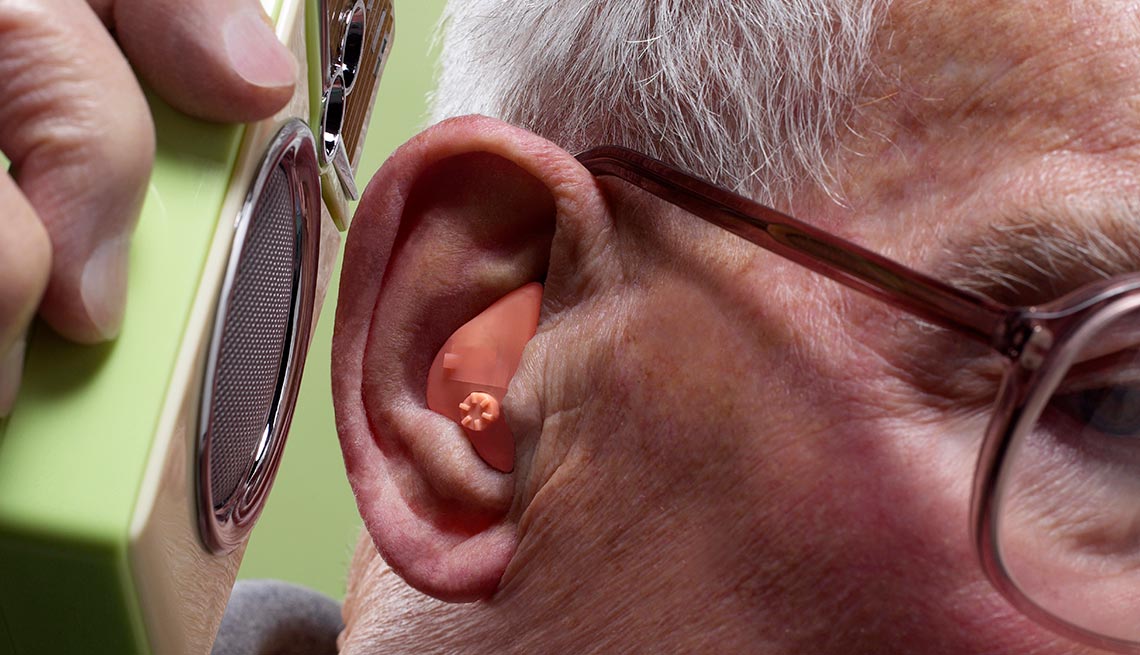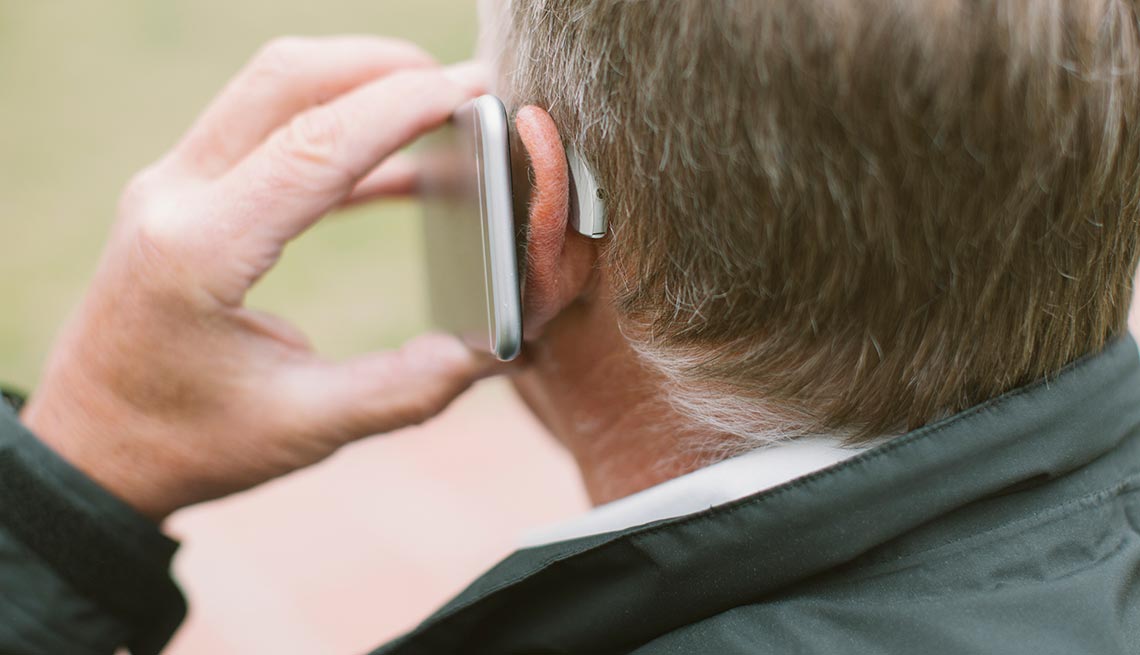7 Tips to Train Your Brain to Use Hearing Aids
How to get used to your new hearing aid
by Nissa Simon, June 21, 2016
-
Istock
For those living with hearing loss, the pattern is all too familiar: “The ability to hear gradually slips away and the brain grows used to the absence of sounds,” says audiologist Christopher Spankovich of the University of Mississippi. Hearing aids make those lost sounds audible again. When people are first fitted for hearing aids, however, many complain of tinny sound and discomfort — and as many as 25 percent of new wearers toss the aids into a bureau drawer. It doesn’t have to be that way. Here are some tips to help you get used to your new hearing aids.
1 of 10 -
Getty Images
Start out slowly
Use your new hearing aids at home for a few hours a day and gradually work up to wearing them all day. It’s important to wear them even when it’s quiet so your brain can adjust to the sound. Wearing hearing aids can be tiring at first; if that happens, give your brain a break. You may need anywhere from two weeks to a month to get used to living with rediscovered background noises.
2 of 10 -
Getty Images
Adjust to your own voice
Your own voice may sound strange to you when you first get hearing aids. That’s not surprising because hearing aids change the way you hear yourself. The sound doesn't travel through the air and back into your ears as it used to. Rather, you hear it inside your head, the way you do when you have a cold. To help get used to this new sound, spend some time alone and read aloud wearing your hearing aids.
3 of 10 -
Istockphoto
AARP Offer: Healthy Living Tips and News
Sign up for the AARP Health Newsletter to live life to the fullest with tips, tools and news on healthy living.
Join AARP today and save on health and wellness products and services4 of 10 -
George Diebold/Getty Images
Don't put up with discomfort
Your hearing aids allow you to hear soft sounds (that’s probably one reason you have them), and loud sounds should be just that — loud but not uncomfortable. Yet some people find that loud sounds are often painful. If that’s the case, take the aids back to your audiologist, who can adjust the volume so that loud sounds are bearable but so that you can still hear soft sounds.
5 of 10 -
Alamy
Fix the whistling
When amplified sound leaks out of the ear past the hearing-aid mold, the microphone picks it up and you hear the sound as a whistle. This annoying high-pitched noise, called feedback, indicates that something is not working properly, notes Yale University audiologist Roxanne Kohilakis. "The hearing aid may not be inserted properly or there’s a buildup of wax in the ear canal," she says. "Consult your audiologist to investigate the cause."
6 of 10 -
Huntstock/Getty Images
Practice connecting sounds and words
Listening and reading words at the same time retrains your brain to connect sounds and language. Here are three simple ways to go about it. 1. Turn on your television’s closed captioning and read the subtitles while you watch and listen to a movie. 2. Listen to an audiobook while you read the printed book. 3. Have someone read a newspaper or magazine article to you while you follow along with your own copy.
7 of 10 -
Cecilia Drotte/Getty Images
Learn to ignore background noise
Hearing aids cannot completely block unwanted noises such as screeching brakes, clanking cutlery, rustling paper and cranky babies, especially when you first start wearing them. Even people with normal hearing find it difficult to hear in noisy situations. According to the Better Hearing Institute, the ability to tolerate these noises gets better with time for those with hearing aids. If you’re truly troubled by background noise, see your audiologist for a hearing-aid checkup.
8 of 10 -
Getty Images
Use computer training at home
Experts disagree on the value of online training programs, but many users find them effective. If you’re interested: LACE (for Listening and Communication Enhancement), an interactive computerized program to improve listening skills, consists of 20 training sessions of 20 minutes each. Cost: $100. Read My Quips, an audiovisual system, helps you understand speech in noisy settings. Listen to what the program says and enter what you hear in a box set up like a crossword puzzle. Look for other programs in an online app store.
9 of 10 -
Getty Images10 of 10










